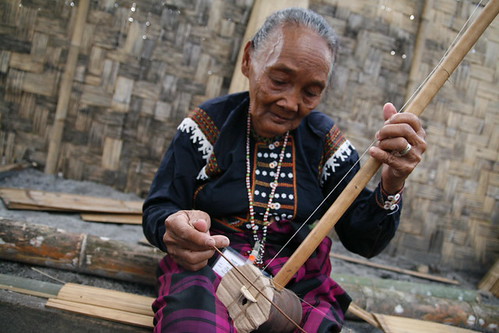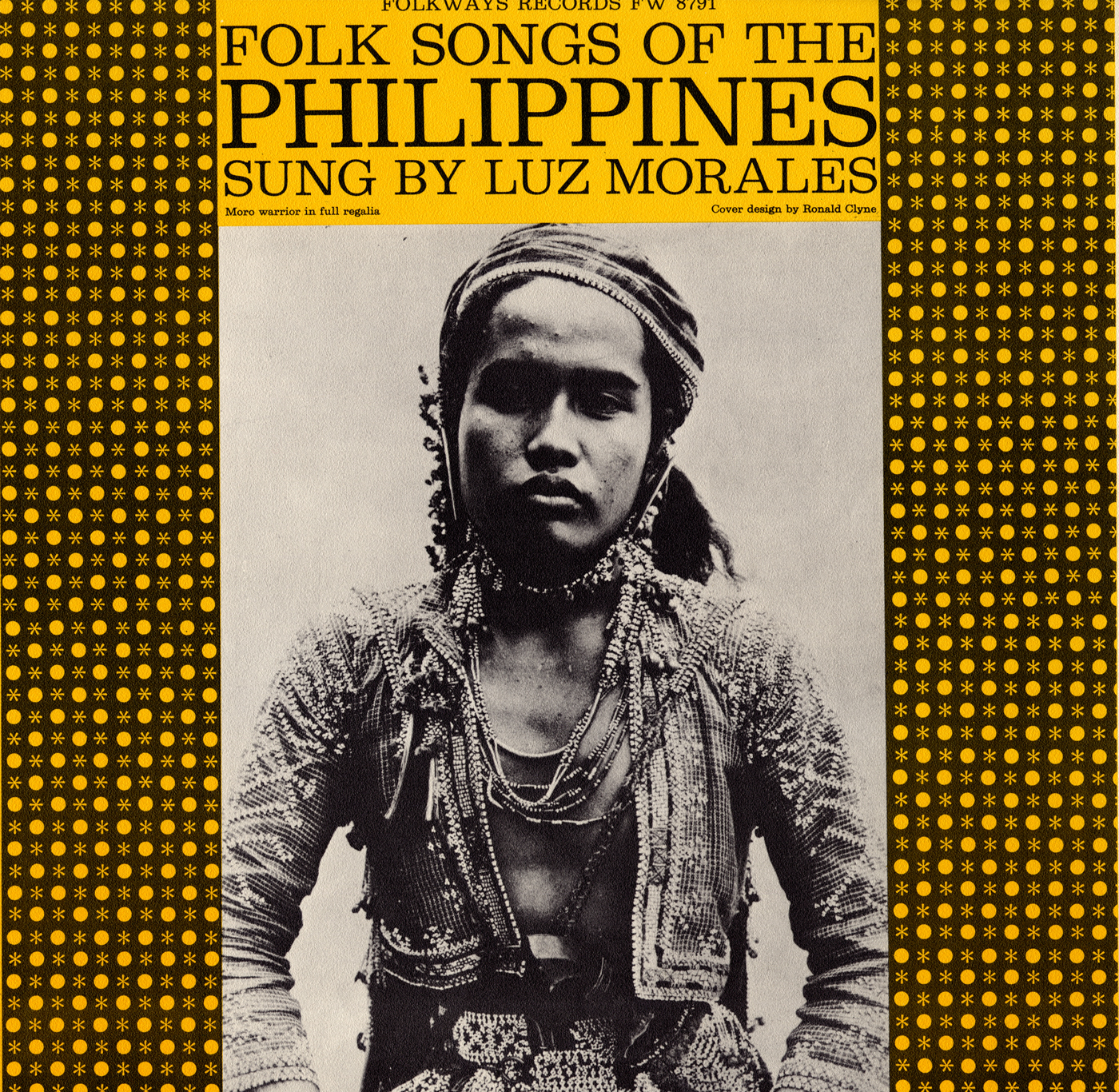

The musical traditions involving the kulintang ensemble consist of regional musical styles and varying instrumentation transcending the present national borders of maritime Southeast Asia, comprising Buddhist, animist, Muslim, and Christian peoples around Borneo, lesser Sunda islands, Sulawesi, Maluku, Sulu, and Mindanao. Nevertheless, the kulintang ensemble is the most advanced form of ensemble music with origins in the pre-colonial epoch of Philippine history and is a living tradition in southern parts of the country. The kulintang instrument itself could be traced to either the introduction of gongs to Southeast Asia from China before the 9th century CE or more likely, to the introduction of bossed gong chimes from Java in the 16th century. These are the Maguindanaon and the Maranao. Two major groups seem to stand out in kulintang music. Different groups have different ways of playing the kulintang. Kulintang refers to a racked gong chime instrument played in the southern islands of the Philippines, along with its varied accompanying ensembles.


The latter were once ubiquitous throughout coastal, lowland Philippine societies before widespread Christianization, and less frequently imports of flat chau gongs from China. Philippine gong music today can be geographically divided into two types: the flat gongs commonly known as gangsà unique to the groups in the Cordillera mountains and the bossed gongs of Muslim and animist groups spanning the Sulu archipelago, much of Mindanao, Palawan, and the inlands of Panay and Mindoro. Buenaventura composed the music for " Pandanggo sa Ilaw". Another composer, the National Artist for Music Antonino Buenaventura, is notable for notating folk songs and dances. Notable folk song composers include the National Artist for Music Lucio San Pedro, who composed the famous " Sa Ugoy ng Duyan" that recalls the loving touch of a mother to her child.


 0 kommentar(er)
0 kommentar(er)
